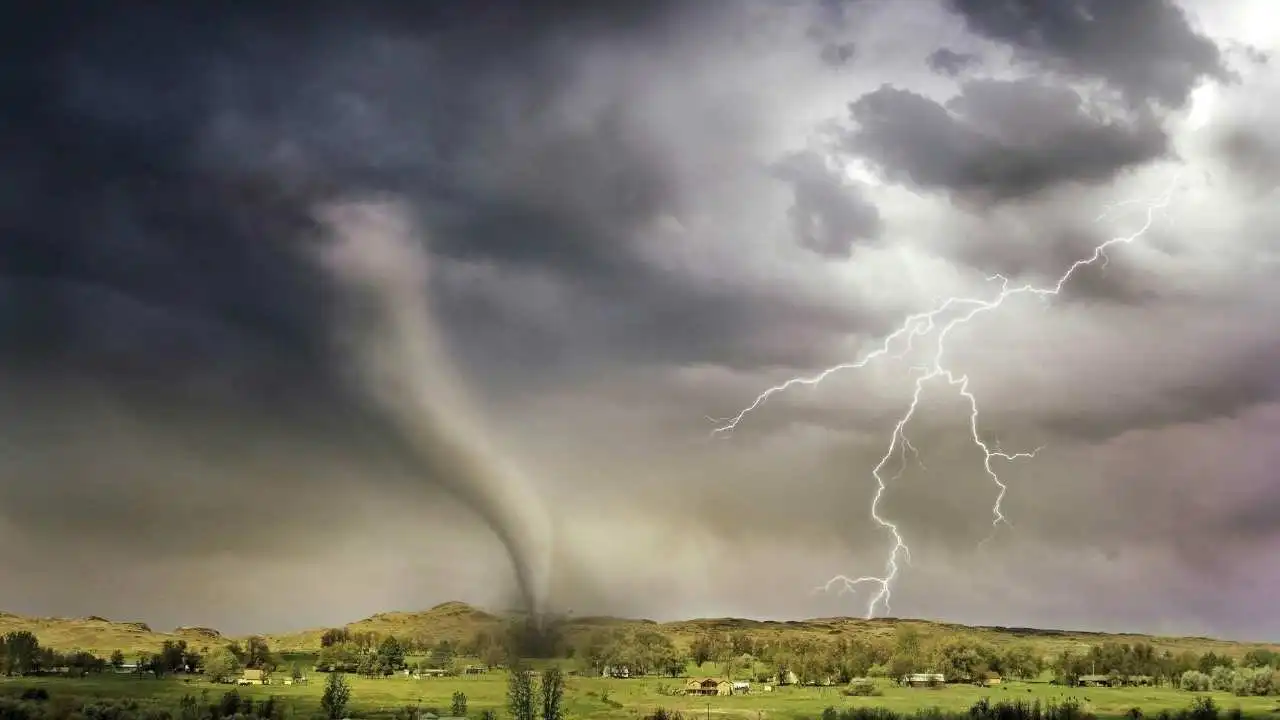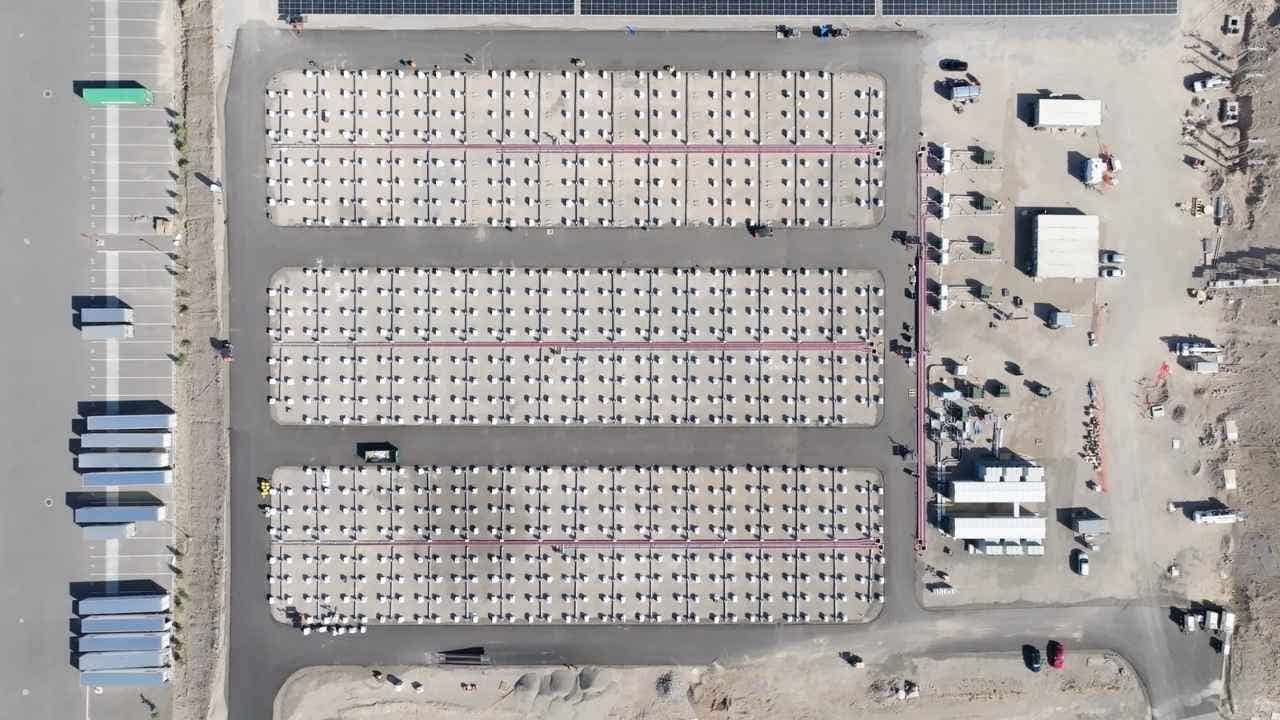Vineyards in B.C.’s Okanagan test new ways to mitigate extreme cold

As vineyard manager of Black Hills Estate Winery in Oliver, B.C., Bobby Arcego is on a mission to protect this year’s grape crop from the devastating effects of extreme cold. Last year, the region experienced temperatures as low as -27 degrees, resulting in the loss of 95 per cent of B.C.’s wine grapes. Determined to prevent a similar disaster this year, Arcego is implementing innovative methods to safeguard the vineyards.
One of the techniques Arcego is using involves pulling back a thick layer of straw to expose the young grapevines underneath. This helps to insulate the vines and protect them from the harsh winter weather. Additionally, he is utilizing geotextiles, a white fabric that helps trap heat generated by the earth. Even a few degrees can make a significant difference during an extreme cold snap, and these methods are aimed at providing the necessary protection for the vines.
In addition to these measures, Arcego and his team have started hilling, which involves piling up soil and composted mulch over the vine base to insulate it from the cold. While this practice is common in other cool climate regions around the world, it is a new approach for the Okanagan. Research scientist Ben Min Chang supports the adoption of these methods across the region, although he acknowledges that they are labor-intensive and come at a cost.
Chang suggests replanting with new varieties of hybrid grapes that can withstand the cold, as the current European wine grapes are quite tender. However, the taste of these hybrid grapes remains unknown. Despite the challenges, Arcego remains optimistic about finding a solution to protect the vineyards and continue producing high-quality wine.
At Quail’s Gate Winery in Kelowna, winemaker Rowan Stewart has found a high-tech solution to safeguard the vines. They are testing infrared LED lights that provide warmth to the vines, similar to the sun. This method is not affected by wind and has the potential to prevent damage from freezing temperatures. While it comes at a cost of $10,000 to $20,000 per acre, Stewart believes that the benefits outweigh the expense.
Stewart is confident that even if the infrared lights save just one crop, they will have paid for themselves. The potential to save future crops and produce high-quality wine makes this investment worthwhile. As winemakers and researchers continue to explore innovative methods to protect the vineyards, there is hope that the Okanagan region will overcome the challenges posed by extreme cold and continue to thrive in the wine industry.




